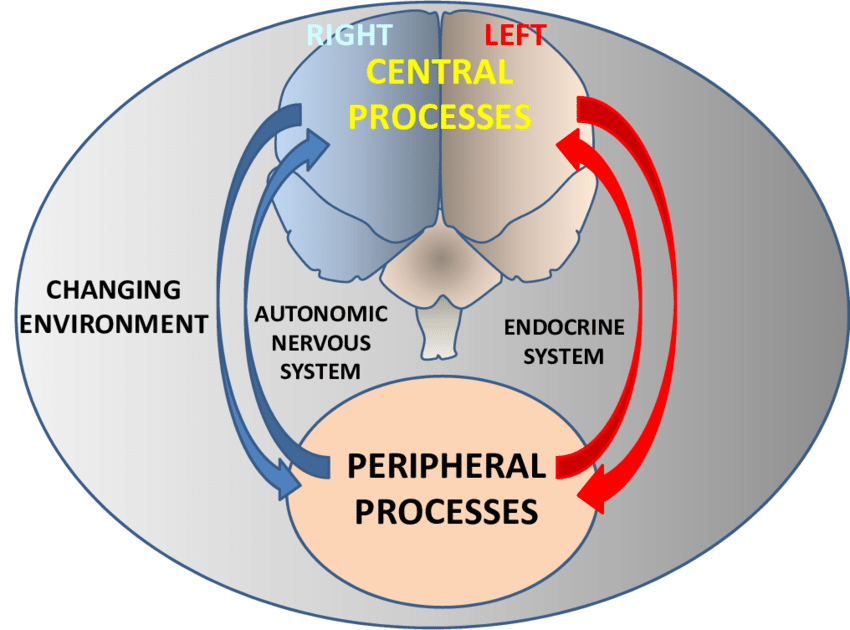Cultures throughout the world have known the wellbeing effects of music for generations in one form or another. From the story of soothing King Saul’s melancholy with David’s kinnor (ancient Hebrew lyre), to the ‘spiritual drunkenness’ induced by Gnawa’s complex rhythmic music during Moroccan rituals, music is believed by folk experience to play an important role in the well functioning of human individuals and collectively as a whole. However, it is only within the last few decades with the advancement in measuring technologies that the exact mechanisms of how sounds can impact our health are starting to be revealed by research. Furthermore, researchers at the intersection between music and health have started to conduct clinical trials with the same level of methodological vigor to pharmaceutical interventions. It is within these endeavors where lies the potential of music and acoustic treatments to become an evidence-based practice, with a coherent theoretical foundation, that can benefit the wider population and be utilized by societal institutions.

The section of Research Insights in Acoustic Antidote is dedicated for bringing such research findings into the picture. It will report and present cutting edge research findings across a wide spectrum of disciplines related to the wellbeing effects of music, nature sounds and acoustics in general. Findings will be summarized in accessible language while being backed by quality research, then presented in delivery methods that facilitate knowledge absorption the most. The objective is to help the curious users understand exactly how acoustic interventions could improve the wellbeing all while enjoying the content of the service.

One important example of such research insights is the interaction between acoustic stimuli and our autonomic nervous system (ANS). Previously known as the vegetative nervous system, ANS connects the central nervous system (CNS; brain and spinal cord) with the major peripheral organ systems, including circulatory, digestive, endocrine (hormones), integumentary (sweat glands), reproductive, respiratory, urinary and visual.
The ANS is usually discussed as having two major branches – a sympathetic branch (SNS), associated with energy mobilization in cases that requires the ‘fight and flight’ response, and a parasympathetic branch (PNS), associated with restorative functions, or the ‘rest and digest’ functions.

Then how does the perception of music and nature sounds affect a nervous system that is autonomic? One prominent explanation is that this linkage between central nervous system and ANS is conducted through a set of structures called Neurovisceral Integration model, that posits within cortical, midbrain and brainstem regions. The subjective experience of music and nature sounds go through the Neurovisceral Integration to apply its effect on the parasympathetic nervous system, which exerts its regulating effect on our affective (emotions), physiological (blood pressure, burnout) and cognitive (focus) functions. Further research explores the details of how these functions are affected by acoustic stimuli, and they will be the guiding light for the service design of Acoustic Antidote.
